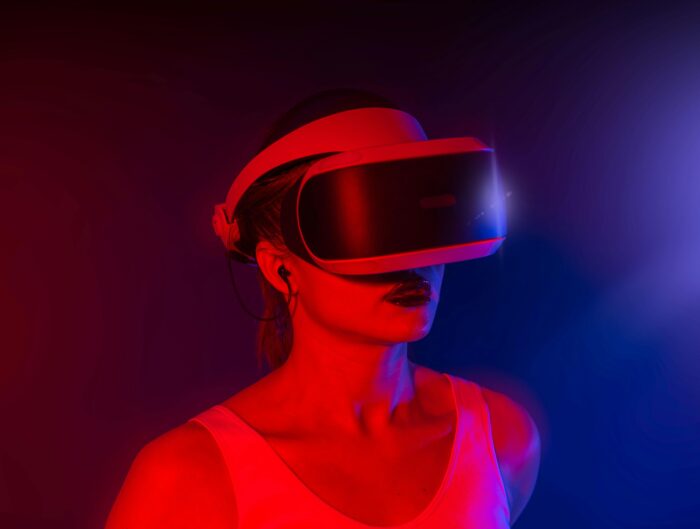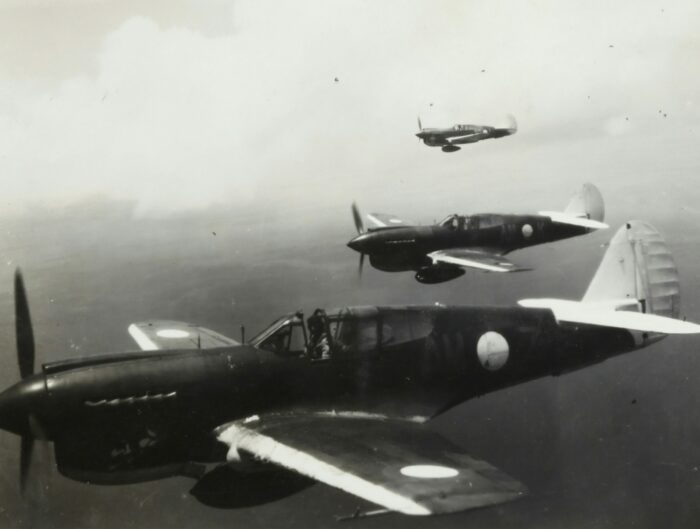We wear Saran Wrap cloaks because real invisibility cloaks are too expensive. We met frantically on Tuesdays for months trying out other things first: ACE bandages, our mothers’ floral scarves, bike shorts, gym shorts, big sweaters, our brothers’ college sweatshirts. Each works for a minute or a month, or two.
And then we find a solution.
Sweat away the pounds
Women in Jane Fonda thongs and sweaty terry cloth headbands and wristbands are wrapped in seaweed and plastic wrap until their middles disappeared. Like magic. In the space of a commercial. We realize there’s magic in our kitchens. Saran Wrap magic. The stuff that grown-up women use, keep on hand next to Kotex and birth control circles.
We cut our fingers on the serrated strip and need skin-colored Band-Aids to hide that too. After the bleeding stops, we wrap ourselves with loud swishes and slashes and crackles until our middles are invisible too.
“Where is the cling film?” Our mothers will ask.
We expect their questions, but also know the drawer of aluminum foil and plastic silverware and purse crackers and Chinese restaurant menus and chopsticks and sauce packets is still full, will get filled up again. Our bellies are filling too.
We’re lucky because they can’t see us anymore. No one can. Our protruding bellies are visible only to us. We can see our babies swimming under the film and our filmy skin, little schools of baby fish, at school, swimming through the B Hallway and gym class and lunch and study hall where we study biology books with charts and timelines.
“They’re the size of a tadpole now,” we say.
We know this because of the book we pored over, the one from the library covered in a thick plastic cover and scotch tape and brown paper like it’s a dirty magazine.
When we go to the clinic, the nurse calls our names, makes us take off the plastic wrap and the plaid skirts. She takes pictures inside our aquarium bellies and we use the images as bookmarks in our textbooks and library books, laminating them first with sheets of sticky drawer liners.
“Did you make a pact?” The clear plastic people whisper in their clear plastic voices down the plastic floor. We don’t answer. Can’t answer. Our mothers have put plastic packing tape over our mouths since we became women.
“They’re the size of a guppy or maybe a Betta fish,” we say to each other. It takes too much cling wrap to hide. Even if we bought boxes and boxes at the warehouse store with our babysitting money. It wouldn’t be enough.
We don’t need it anymore. We give birth behind the bleachers, laying down the plastic wrap to keep the ground clean. Invisible fluid pours out of me first. After AP Lit. Caught on crumpled cling wrap even though the ground is already wet.
After they’re born, we wrap our babies in invisibility too. In Saran Wrap blankets. After the bleeding stops, we all cry. The babies and the ninth graders.
The principal doesn’t hear us weeping, just the babies. She summons our mothers, now grandmothers. They all come from Costco with enormous boxes of graham crackers and goldfish and generic Saran Wrap filling their trunks to keep anyone at church or their work or the library or the gas station from seeing us until we can shrink our bellies down again.
A man and woman that aren’t invisible take our babies in their not-invisible car that’s shaped like an aquarium, square with a panoramic roof and seamless windows to see the world and for the world to see them because they are important and helpful and visible.
“Wrap yourself in these.” They say.
They hand out real cloaks made from thick, smelly plastic, Disney World push present ponchos. They give us single-serve bags of goldfish crackers and lukewarm bottles of apple juice and metal cans of applesauce like we’ve just survived a hurricane or Field Day.
“Thank you,” we say but they can no longer see or hear us. ◆


